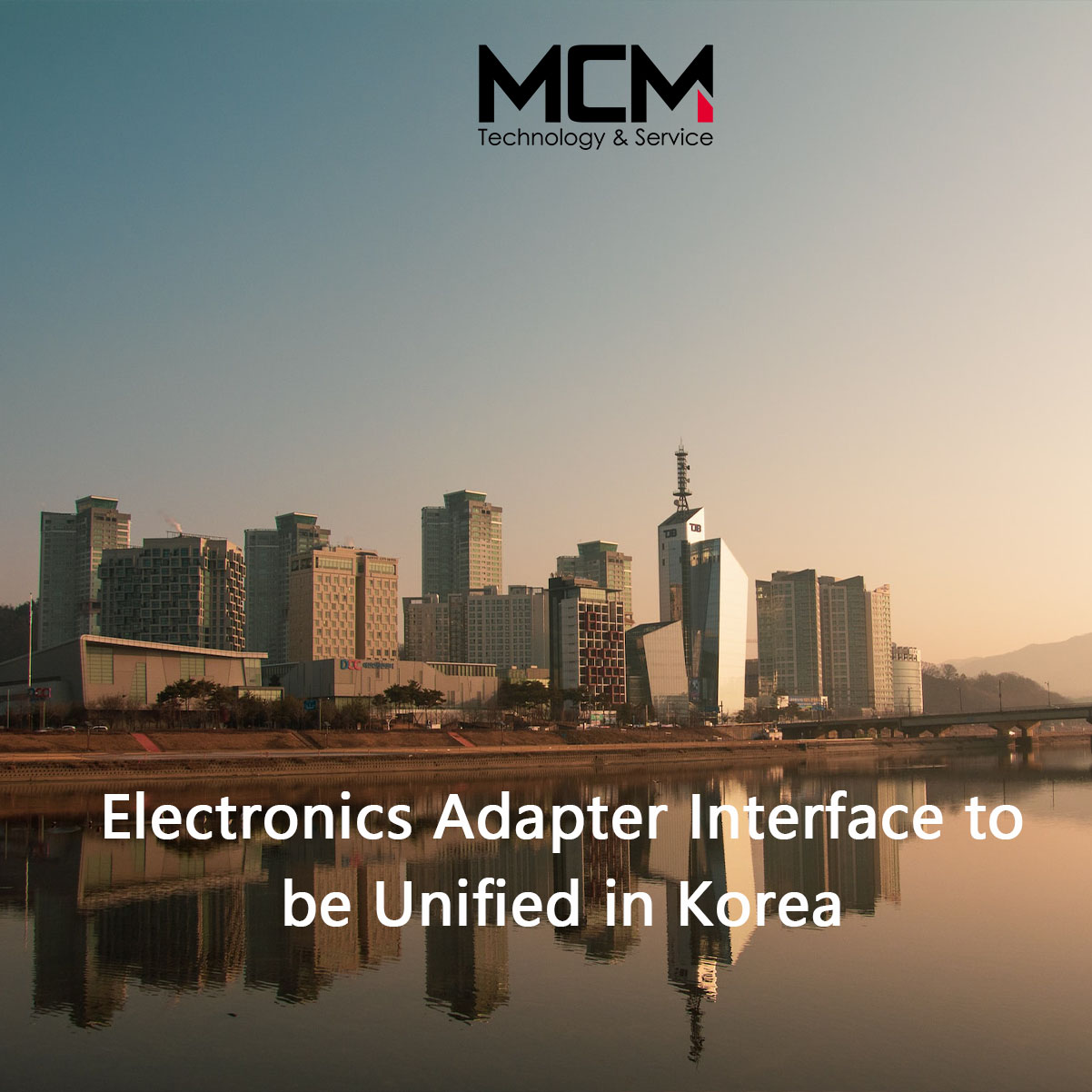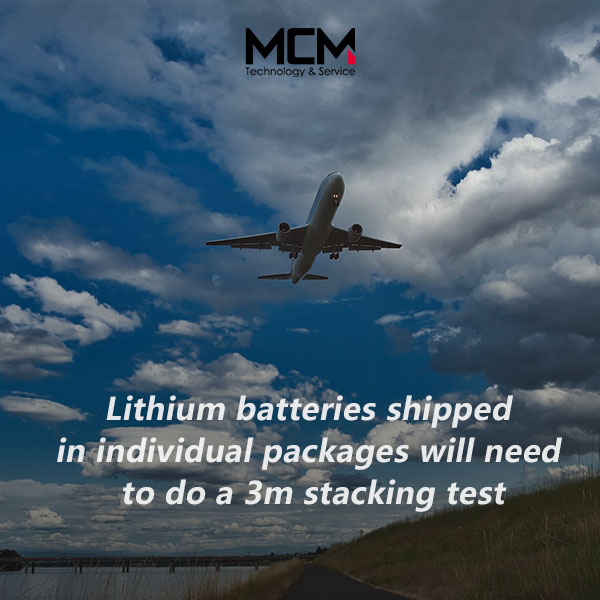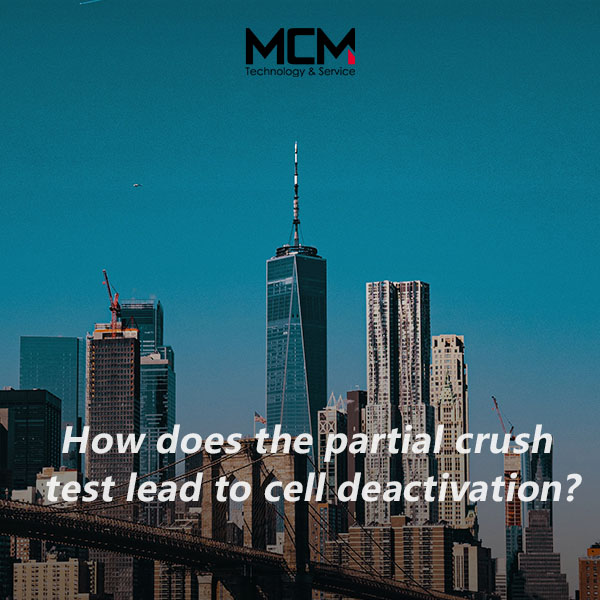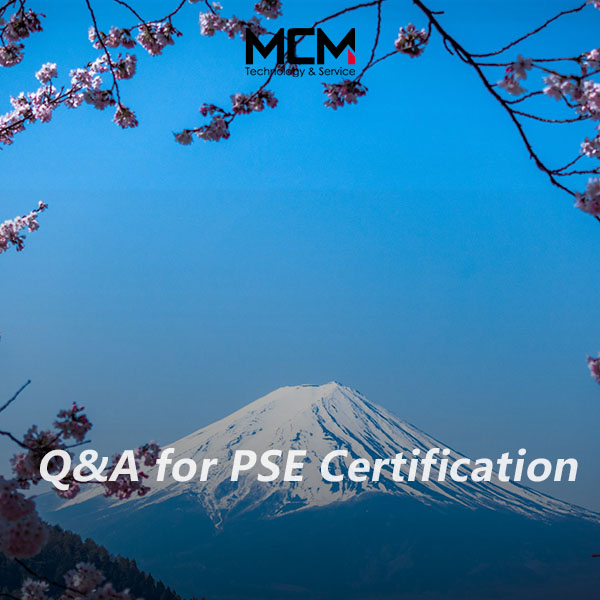News

-

Introduction to Battery Waste Management Rules, 2022
Note 1: As for “SCHEDULE I”, “SCHEDULE II”, Table 1(A), Table 1(B), Table 1(C) mentioned above, please click the following link which lead to official gazette to learn more. Link: https://cpcb.nic.in/uploads/hwmd/Battery-WasteManagementRules-2022.pdf Note 2: Online Centr...Read more -

Upgrade of Korean KC 62619
Background Korean Agency for Technology and Standard (KATS) released 2022-0263 circular on September 16th 2022. It notices in advance the amendment of Electrical and Household Goods Safety Management Operation Instruction and Electrical Appliance Safety Standards. The Korean government concerns ...Read more -

Electronics Adapter Interface to be Unified in Korea
Korea Agency for Technology and Standards (KATS) of MOTIE is promoting the development of the Korean Standard (KS) to unify the interface of Korean electronic products into a USB-C type interface. The program, which was previewed on 10 August, will be followed by a meeting of standard in early N...Read more -

Analysis on DGR 3m Stack Testing
Background Last month the International Air Transport Association released the latest DGR 64TH, which will be implemented on January 1st, 2023. In the terms PI 965 & 968, which is about lithium-ion battery packing instruction, it requires prepared in accordance with Section IB must be capabl...Read more -

Issue of UL 1642 new revised version – Heavy impact replacement test for pouch cell
Background A new version of UL 1642 was released. An alternative to heavy impact tests is added for pouch cells. The specific requirements are: For pouch cell with capacity that are greater than 300 mAh, if pass the heavy impact test were not passed, they can be subjected to Section 14A round ro...Read more -

New battery technology — Sodium-ion battery
Background Lithium-ion batteries have been widely used as rechargeable batteries since the 1990s due to their high reversible capacity and cycle stability. With the substantial increase in the price of lithium and the increasing demand for lithium and other basic components of lithium-ion batter...Read more -

The Situation of Lithium-ion Batteries Recycling and Its Challenge
Why do we develop recycling of batteries The shortage of materials caused by rapid increase of EV and ESS Inappropriate disposing of batteries may release heavy metal and poisonous gas pollution. The density of lithium and cobalt in batteries is much higher than that in minerals, which means bat...Read more -

Lithium batteries shipped in individual packages will need to do a 3m stacking test
IATA has officially released DGR 64th, which will be implemented on January 1, 2023. The following changes have been made to the lithium battery section of DGR 64th. Classification change 3.9.2.6 (g): test summaries are no longer required for button cells installed in equipment. Package instruct...Read more -

Introduction of India power battery standard IS 16893
Overview: Recently Automotive Industry Standards Committee (AISC) released standard AIS-156 and AIS-038 (Rev.02) Amendment 3. The test objects of AIS-156 and AIS-038 are REESS (Rechargeable Energy Storage System) for automobiles, and the new edition adds that the cells used in REESS should pass ...Read more -

How does the partial crush test lead to cell deactivation?
Overview: Crush is a very typical test to verify the safety of cells, simulating the crush collision of cells or end products in daily use. There are generally two types of crush tests: flat crush and partial crush. Compared to the flat crush, the partial indentation caused by a spherical or cyl...Read more -

Q&A for PSE Certification
Overview: Recently there are 2 pieces of important news for Japanese PSE certification: 1、METI considers to cancel the annexed table 9 testing. PSE certification will only accept JIS C 62133-2:2020 in the annexed 12. 2、New version of IEC 62133-2:2017 TRF template added Japan National Differenc...Read more -

Energy Efficiency Certification Introduction
Overview Home appliances and devices energy efficiency standard is the most effective way to optimize energy efficiency in a country. Government will set up and implement a comprehensive energy plan, in which it calls for using higher efficient appliances to save energy, so as to slow down the i...Read more
